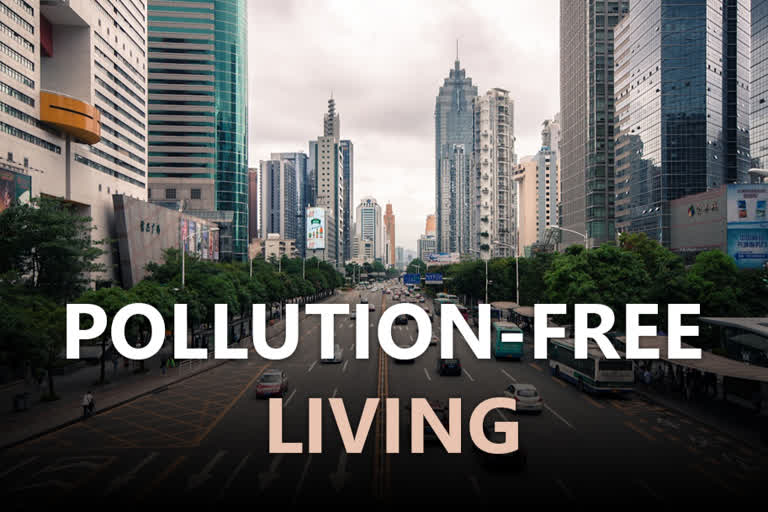Shenzhen: Think of an urban transport system and the usual sight is heavy vehicles zooming on the roads spraying air and sound pollution. Even in cities with the metro rail system, this problem still exists.
The story of Shenzhen city in the most populous country China is a contrast to this. The public transport system there is showing the world an innovative way to follow. Buses and taxis are the main source of transportation for most people.
Shenzhen became the first city to have 100% pollution-free public transport by switching to electric power. It has been the driving force for the world, especially the metro cities, which seek to curb pollution.
Government’s Initiative
Shenzhen was only a small fishing village near Hong Kong four decades ago. It has now turned into a great city. The population is almost two crores. The Chinese government decided to make public transport better and pollution-free. It has achieved this goal within 10 years with proper planning.
Shenzhen has 17 thousand buses and 20 thousand cabs. More than 20 lakh people travel in the city in addition to those driving their own vehicles. Ten years ago, the citizens of Shenzhen were extremely afraid of moving to the city. Choking air pollution was a big threat to their health.
Read Also: Aliens exist, may already be on Earth: British astronaut
The Chinese government explored various options and introduced the first electric bus in the city transport system in 2011. The government’s actions against pollution have received overwhelming public support. Even vehicle owners stopped driving and using public transport.
In the process, Shenzhen became a pollution-free city with healthy and enjoyable living conditions. Shenzhen continues to attract world attention today as conditions have changed over a decade.
With the advent of electric vehicles, people have noticed another change in Shenzhen. They were relieved of the rumbling sounds of buses. Vehicular noise
pollution is also in full control. Shenzhen residents are now confronted with a funny situation. They are now worried that quietly moving public transport buses are dangerous. So they want a little noise indicating the arrival of buses.
We can understand how much the situation has changed in that city. The authorities are now actively considering the request of the people. Air and noise pollution has been controlled, and costs on fuel have been halved.
Due to the use of electric vehicles, 1.60 lakh tonnes of coal consumption stopped annually. Four and a half million tonnes of carbon dioxide have been stopped from entering the environment. Emissions of nitrogen oxide and hydrocarbons have been significantly reduced. To that extent, the atmosphere has become pure.
But all this change for the good was at a cost. About 18 lakh yuan (about Rs. 1.85 crores in Indian currency) was spent on the purchase of each electric bus. Half of these funds were subsidized by the Chinese government. It also announced a reduction in ticket prices to gain popularity. Local companies have done their part.
Several precautions have been taken by the government to prevent problems in the operation of electric buses. For charging vehicles, charging stations have been set up, like petrol bunks. These were set up in the city’s 180 depots. With two hours of charging, vehicles can travel for 200 KMs.
Apart from buses, these centers also provide charging services to cabs. Drivers can check for charging stations in the mobile app itself.
Inspired by the environmental success of Shenzhen city, the Chinese government is preparing to extend the program to 30 other cities. Large cities such as London and New York are preparing plans to convert 100 percent of their public transport system to electricity-driven vehicles in the next 20 years.
Read Also: Copenhagen pedals to get global environmental capital tag



